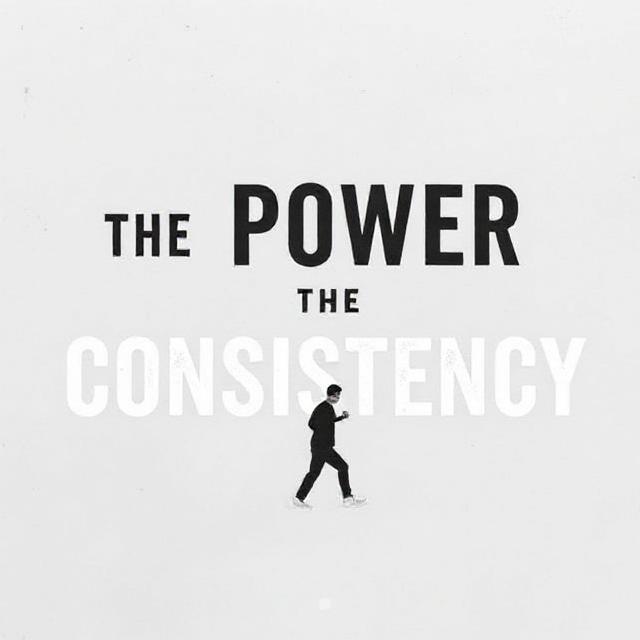
In today’s fast-moving world, most of us live in a constant rush — planning the next task, scrolling endlessly, or worrying about what’s next. But mindfulness invites us to pause, breathe, and truly experience the moment. It helps us find calm within chaos, clarity within confusion, and peace within pressure.
Mindfulness is not a luxury; it’s a skill that anyone can develop to improve focus, reduce stress, and live a more meaningful life. Whether you’re working, eating, walking, or even resting — mindfulness turns ordinary moments into powerful opportunities for growth.
1. What Is Mindfulness?
Mindfulness is the practice of being fully present — aware of your thoughts, emotions, and surroundings without judgment. It’s the art of noticing what’s happening right now instead of dwelling on the past or worrying about the future.
At its core, mindfulness teaches you to live consciously. Instead of reacting automatically, you start responding with awareness and calm.
It’s simple but powerful. For example, when you drink tea mindfully, you taste it more fully. When you listen mindfully, you connect more deeply. Every small act becomes meaningful.
2. Why Mindfulness Matters in Modern Life
Modern life pulls our attention in hundreds of directions. Notifications, social media, and constant multitasking make it hard to stay focused. We end up feeling mentally scattered, emotionally drained, and physically tense.
Mindfulness helps you:
- Reduce stress and anxiety.
- Improve focus and mental clarity.
- Build emotional stability.
- Enhance sleep and energy.
- Increase gratitude and joy.
In short, mindfulness helps you slow down so you can live better — not just faster.
3. The Science Behind Mindfulness
Research in neuroscience shows that mindfulness changes the brain. Regular practice strengthens areas responsible for focus, memory, and emotional control. It reduces activity in the amygdala — the part of the brain linked to stress and fear — and enhances the prefrontal cortex, which governs decision-making and calmness.
Mindfulness also lowers cortisol levels (the stress hormone) and improves immune function. That’s why people who practice mindfulness often report feeling calmer, happier, and more resilient.
It’s not magic — it’s brain training.
4. Mindfulness in Daily Activities
You don’t have to sit in silence for an hour to practice mindfulness. It can be part of everything you do.
a. Mindful Eating
Instead of rushing through meals, slow down. Notice the texture, aroma, and taste of your food. Chew slowly. Appreciate each bite. This not only improves digestion but also helps you develop a healthier relationship with food.
b. Mindful Walking
When walking, focus on your steps. Feel the ground beneath your feet and the rhythm of your breath. Walking mindfully clears your mind and recharges your energy.
c. Mindful Listening
When someone talks, truly listen without thinking of your reply. Pay attention to their words, tone, and emotions. It improves understanding and deepens relationships.
d. Mindful Working
At work, give full attention to one task at a time. Avoid multitasking. Take short breaks to breathe and refocus. Productivity rises when your mind is present.
5. Mindfulness and Stress Reduction
Mindfulness is one of the most effective natural tools for managing stress. It helps you observe your emotions instead of being overwhelmed by them.
When you’re stressed, pause and take a deep breath. Notice the sensations in your body. Label your feelings — “I’m feeling tense,” or “I’m anxious.” Just acknowledging them reduces their power.
Over time, mindfulness teaches your brain to stay calm even in pressure-filled situations. It builds inner stability that no external chaos can shake.
6. How Mindfulness Improves Focus and Productivity
Most people believe productivity means doing more — but real productivity means doing things better and more consciously. Mindfulness trains your attention muscle.
When you practice mindfulness regularly:
- You complete tasks faster with fewer mistakes.
- You remember details more clearly.
- You make smarter decisions.
- You avoid burnout.
Even a few minutes of mindful breathing before starting work can boost concentration and creativity.
7. Mindfulness and Emotional Balance
We often react instantly when triggered — anger, frustration, or sadness take over before we can think. Mindfulness creates a gap between stimulus and response. In that gap lies your power to choose.
By observing emotions instead of fighting them, you respond thoughtfully rather than impulsively. Over time, this builds emotional maturity and self-control.
When you’re aware of what you feel, you understand yourself — and others — much better.
8. Mindfulness in Relationships
Mindfulness transforms relationships because it teaches presence, patience, and empathy. When you’re fully present with someone, you listen deeply and connect genuinely.
It helps you:
- Avoid reacting harshly in conflicts.
- Communicate more clearly and kindly.
- Appreciate others’ feelings without judgment.
- Build trust and compassion.
A mindful relationship is one where both people feel seen, heard, and valued.
9. How to Start a Daily Mindfulness Practice
You don’t need special tools to begin — just a few minutes and consistency.
Step 1: Start with Your Breath
Sit comfortably, close your eyes, and focus on your breathing. Notice the rise and fall of your chest. If your mind wanders, gently bring it back to your breath. Even 5 minutes daily can make a difference.
Step 2: Observe Without Judgment
Thoughts will come and go. Don’t fight them or label them as “good” or “bad.” Just notice them and let them pass like clouds in the sky.
Step 3: Practice Gratitude
At the end of each day, reflect on three things you’re grateful for. Gratitude strengthens mindfulness by focusing your mind on positivity.
Step 4: Use Mindful Reminders
Set small reminders on your phone to pause, breathe, and reset throughout the day. These short breaks keep you grounded.
10. Common Myths About Mindfulness
Let’s clear a few misconceptions:
- Myth 1: Mindfulness means clearing your mind completely.
→ No, it means observing your thoughts, not eliminating them. - Myth 2: You need to meditate for hours.
→ Even 5–10 minutes daily creates benefits. - Myth 3: Mindfulness is only for spiritual people.
→ Anyone — students, professionals, parents — can practice it. - Myth 4: It’s about being calm all the time.
→ It’s about being aware, even when you’re not calm.
Mindfulness is a life skill, not a personality type.
11. The Long-Term Impact of Mindfulness
The longer you practice mindfulness, the more profound the changes become. You start living intentionally rather than automatically. Stress no longer controls you, and you become more present in your relationships, work, and goals.
Long-term mindfulness practice leads to:
- Better sleep and health.
- Greater resilience and self-compassion.
- Increased creativity and problem-solving.
- A deep sense of inner peace and clarity.
It turns life from something you rush through into something you fully experience.
12. Bringing Mindfulness Into the Modern World
In a digital era, mindfulness helps balance technology use. Instead of reacting to every notification, you can pause, breathe, and choose when to engage.
You don’t have to escape the modern world to be mindful — you just need to live consciously within it.
Imagine a world where people check in with themselves as often as they check their phones. That’s the power mindfulness can bring — awareness that reshapes not just individuals but society as a whole.
Conclusion
Mindfulness isn’t about escaping life — it’s about showing up for it. It’s the gentle reminder that this moment is all we truly have.
When you live mindfully, you find beauty in simplicity, peace in presence, and joy in awareness. The more you practice, the more life opens up — calm, meaningful, and deeply fulfilling.
So, take a breath right now. Feel it fully. That’s mindfulness — and it’s available to you anytime, anywhere.
Read More About:How to Stay Consistent with Your Personal Goals



